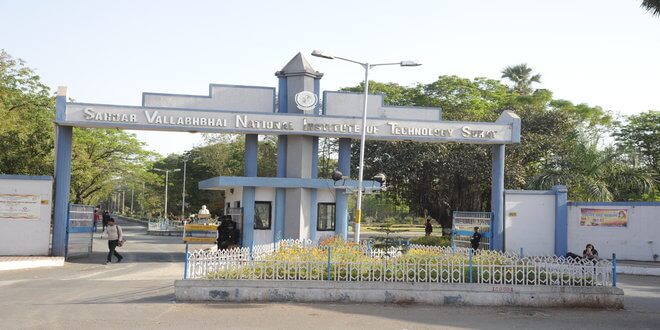
SVNIT Surat Sardar Vallabhbhai National Institute of Technology
The National Institute of Technology has started its journey from Surat, It was settled in the year of 1961by the parliament of India, and accepted by the Government of India as an Institute of National Importance. The University Grants Commission Act (UGC), 1956 under the section of 3, the Central Government on the advice of the University Grants Commission, has announced the Sardar Vallabhbhai Regional College of Engineering & Technology (SVREC) during the second planning commission, Surat to Sardar Vallabhbhai National Institute of Technology (SVNIT), and Surat with status of “Deemed University” with effect from 4th December 2002. Sardar Vallabhbhai National Institute of Technology is a member of all National Institute of Technology groups.
Sardar Vallabhbhai National Institute of Technology, Surat is to be a well-known technical Institute not only at national level but also wants to be famous in global level, for communicating training to students, increasing the manpower according to needs of technology. And also wants to provide the basic ground work, can grow in research work and handover the tools to make the connective with industries. SVNIT wants to make its identity to be globally in the field of centre Technical Education, innovation and transferring the highest technological result in adding to the all qualified participant.
Many courses are offered by the SVNIT in UG programme, PG programs, and M.Sc. programme, Ph.D. These all courses are conducted by the Sardar Vallabhbhai National Institute of Technology every year; for taking the admission in SVNIT applicants have to go through the Entrance Exams of JEE Main and GATE.
SVNIT Surat offers the financial assistance program to the student and financial aids opportunity. The main motive is that no student should be prevented to pursue the program due to financial problem. Most important thing is here that Ministry of Human Resources Department welcomes the online applications for the National Fellowship for Scheduled Tributes the students for the year 2019-20. These facilities are also available for those students who are pursuing M.Phil. as well as Ph.D.
Courses
Highlights
• There are 10 departments which concreted on the applied field of sciences, engineering and technology. Which are the as following 1-Applied Chemistry, 2-Applied Physics, 3-Applied Mathematics and Humanities, 4-Applied Mechanics, 5-Chemical Engineering, 6-Civil Engineering, 7-Computer Engineering,8-Electrical Engineering, 9-Electronics and Communication Engineering, 10-Mechanical Engineering.
• Sardar Vallabhbhai National Institute of Technology was ranked 58th position all over the engineering college in India, by National Institutional Ranking Framework (NIRF) in 2019.
• The Sardar Vallabhbhai National Institute of Technology is certified with Under Grants Commission as well as The All India Council for Technical Education (AICTE).
• This institute has upgraded itself year by year every year in placement cell. Each year SVNIT makes a record in NIT Family Technology School. They trained their student to achieve this opportunity, can show his/her excellence intelligence during the Placement cell.
• The student of 2018 has shown best result in placement cell record. HSBC, Microsoft, Bharat Petroleum, Vedanta, Tata, Samsung, JP Morgan, Kohler, Saint-Gobain, Bajaj, Ashok Leyland, NBC Bearings, Godrej, Honeywell, etc, these all top most MNC’s company offered the internship and placed the no. of 503 student with the highest amount of 9 Lakhs.
• It is concern to subject that SVNIT is offering best course with the minimum amount of fees comparing to another University of India.
Facilities

Auditorium

Cafeteria

Gym

Hostel

Labs
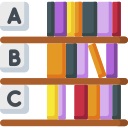
Ransomware by ./M789

Medical Facilities

Sports Complex
Gallery
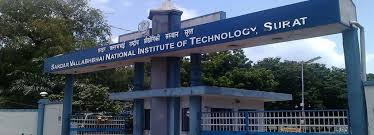
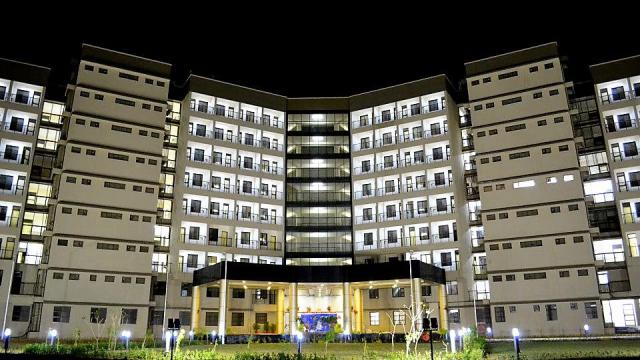
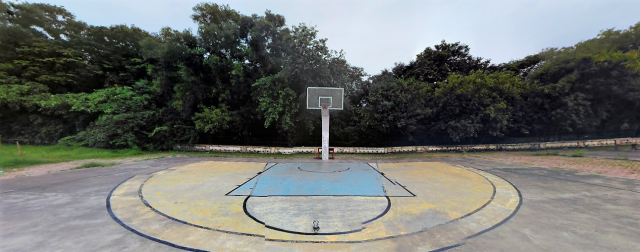
Contact
National Institute of Technology, Ichchhanath Surat- Dumas Road, Keval Chowk, Surat, Gujarat 395007
registrar@svnit.ac.in
-
PGDM-Post Graduate Diploma in Management
Total Fee: INR 745000
-
B.Com Bachelor of Commerce
Total Fee: INR 240000
-
PGDM-Post Graduate Diploma in Management
Total Fee: INR 745000
-
B.Com Bachelor of Commerce
Total Fee: INR 240000
-
PGDM-Post Graduate Diploma in Management
Total Fee: INR 745000
-
B.Com Bachelor of Commerce
Total Fee: INR 240000
-
PGDM-Post Graduate Diploma in Management
Total Fee: INR 745000
-
B.Com Bachelor of Commerce
Total Fee: INR 240000
Highlights
- International Institute of Business Studies (IIBS) is an AICTE Approved college which is recognized by Ministry of HRD, Government of Indias
- IIBS rated India’s No.1 emerging B-School in placement by Samaja Parivarthana
- Faculty of IIBS consists of experienced corporate faculty with 65% Ph.D. holders
- Ranked 2nd among 'Top 10 Southern B Schools' by Silicon India, 2017
- Ranked 3rd in Placement among the Best B-School in India 2017 by Silicon India
Modern Facilities
- Smart Classroom: IIBS provides fully equipped classroom with air-conditioned, projectors, remote controlled LCD and high speed connected computers and cordless microphones
- Library: It is fully equipped by highly information recourses like latest periodicals, reference texts, management text books, national and international journals and DVDs and well organized
- Digital Library: Students of IIBS can be access the digital library through any computers by using their ID and password
- Auditorium: IIBS auditorium is fully furnished and laced with all modern devices to more impactful view
- Hostel: IIBS provides hostel accommodation for boys and girls with mesh facility
Conducting IIMs have been changed the pattern of the CAT exams several times over the years. It is extremely beneficial for the aspirants to know the CAT paper pattern as it helps in preparation and the aspirants can prepare according to the pattern and weightage of the topics.
Overview of the Exam Pattern of CAT 2020
| Mode of the Exam | Online Only |
|---|---|
| Total number of Questions | 100 |
| Total Marks | 300 |
| Duration of the Examination | 3 hours (180 minutes) |
| Sectional Division of the Paper | 3 sections |
| Types of the Questions | Both MCQs and Non MCQs |
| Marking Scheme |
For Correct Answers → +3 marks For Incorrect Answers → -1 mark For Unattempted Questions → No marks |
| Name of the Sections |
1. Verbal Ability & Reading Comprehension 2. Logical Reasoning & Data Interpretation 3. Quantitative Aptitude |
This Exam is conducted once in a year usually in the month of November on online mode and it is expected that this year this exam will held in the last week of November. The question paper contains 100 questions to be solved in 3 hours. 3 marks are assigned for correct answer and 1 mark is deducted for wrong answer in CAT Exam. English is the only medium of answering the questions. Each question consists of four choices from which only one is correct, candidates have to select the right answer from the given options.
CAT question paper consists of three sections divided as
- 1. Verbal and Reading Comprehension (VARC)
- 2. Data Interpretation & Logical Reasoning (DI & LR)
- 3. Quantitative Ability (QA)
Overview of the Exam Pattern of CAT 2020
| Section’s Name | Number of Questions | Duration (in mins) |
|---|---|---|
| Verbal and Reading Comprehension (VARC) | 34 | 60 |
| Data Interpretation & Logical Reasoning (DI & LR) |
VA → 10 Questions RC → 24 Questions |
60 |
| Quantitative Ability (QA) |
DI → 16 Questions LR → 16 Questions |
60 |
| Total | 100 | 180 minutes (3hours) |
Verbal Ability and Reading Comprehension Section
This section is a combination of two sub-sections namely Verbal Ability (VA) and Reading Comprehension (RC). The main focus of this section is on the English language skills of the candidates and how they understand and elucidate the paragraphs and Passages. This section consists of 34 questions, 10 questions of Verbal Ability and 24 questions of Reading Comprehension. Verbal ability sub-section consists of questions related to Para-jumbles, Summary based questions, Sentence Correction and Completion. The other sub-section, Reading Comprehension is based on the questions related to Vocabulary, title etc.
Logical Reasoning & Data Interpretation Section
This section is also divided into two sub-sections, one is Logical Reasoning (LR) and other is Data Interpretation (DI). A total of 32 questions are asked in this section, 16 questions from both the sub-section. LR section contains solvable questions generally from the topics like inequalities, symbol operations, direction sense test etc. On the other hand DI section is a little difficult and time-consuming section as it consists of several confusing data case lets questions. This section contains tricky question and a little mistake in understanding the case lets can lead the candidates to attempt all the questions from a particular set incorrectly.
Quantitative Aptitude Section
This section is a standalone section which comprises only numerical questions from different topics of Math. A total of 34 questions are asked in this section. This section contains questions based on Basic Arithmetic, Number System, Geometry, Algebra, Modern Math etc. The questions in this section ranges from easy to moderately high and can be answered easily with proper practice of the syllabus of Quantitative Aptitude.
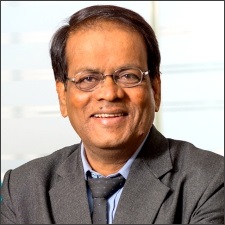
|
Prof. Prabhakar H
B.Sc., PG in HRD, PG in Training & Development |

|
Prof. Prabhakar H
B.Sc., PG in HRD, PG in Training & Development |

|
Prof. Prabhakar H
B.Sc., PG in HRD, PG in Training & Development |

|
Prof. Prabhakar H
B.Sc., PG in HRD, PG in Training & Development |

|
Prof. Prabhakar H
B.Sc., PG in HRD, PG in Training & Development |

|
Prof. Prabhakar H
B.Sc., PG in HRD, PG in Training & Development |
Facilities













CAT 2020 will be conducted in the following cities:
| Port Blair | Kurnool | Nellore | Tirupati |
| Vijaywada | Visakhapatnam | Chittoor | Itanagar |
| Dibrugarh | Guwahati | Silchara | Aurangabad |
| Gaya | Muzaffarpur | Patna | Chandigarh |
| lorem | lorem | lorem | lorem |
Contact Us
#75, Muthugadahalli, Bangalore North Jala Hobli, near International Airport airport(New Airport), Bangalore ( Karnataka)
admission@iibsonline.com









